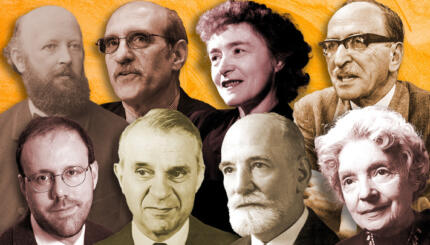Now that I live part-time in Paris, I explore the city’s complex and sometimes disturbing relationship to toward its Jewish citizens—which given my own Jewish heritage, feels personal to me. In
Paris: A Love Story
, I probe this aspect of the city which most tourists miss.
One morning as I continue my Parisian ramble, I enter a hyperrefined Proustian world furnished with the carpets, tapestries and bibelots of the reigns of Louis XV and XVI. I picture glittering soirees in the dining room where the table is permanently set – as if awaiting Proust, Herzl, and the other great figures of the day. It is hard to conjure a more quintessentially French décor than this ode to the 18th Century, the Age of Reason. But the host and his children and grandchildren are missing. The patriarch, Moïse de Camondo, built this temple to French civilization and left precise instructions that it would all remain untouched, as they left it – the Jewish Camondos’ gift to the French nation. Moïses’s son Nissim, after whom he named his museum, gave his life for France. His plane went down in flames during World War I , when he was shot photographing German military installations from the air.
Nissim’s sister, Beatrice, converted to Catholicism, no doubt assuming that would protect her during the Age of Hate. In her family’s mansion, with its priceless French treasures and its vast collection of Impressionist paintings – all gifts to the French Republic as spelled out in her father’s will – Beatrice may have felt safe. Her father had been awarded the Legion d’Honneur. He was a founding member of the Friends of the Paris Opera. Marcel Proust, the greatest French writer of the day, was a habitué –a regular—of their salon. Why leave? So Beatrice did not heed the warning signs, as French police under SS supervision began rounding up less well placed Jews, from their schools and homes. She continued to ride her beautiful horse in the Bois de Boulogne, sometimes accompanied by a German officer. Until the summer of 1942, when the same people who seized eight children from the Ecole Maternelle in my neighborhood, arrived at her splendid house. Parisian officers packed Beatrice and her children into a wagon bound for Drancy. She and her children, Fanny and Bertrand, spent the next nine months in that grotesque antechamber to the Auschwitz bound trains. (Drancy is just a station en route to the airport now—but an ugly stop in any weather.)
On the morning of March 10, 1943, Beatrice and her children arrived at Auschwitz – from where they never returned. They were the last of the Camondos.


